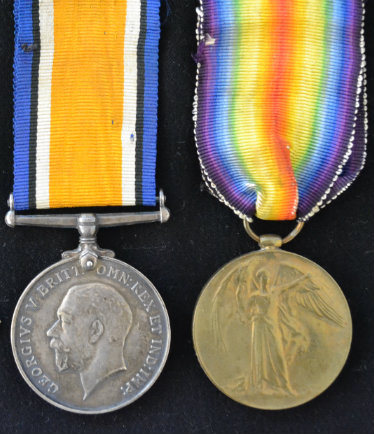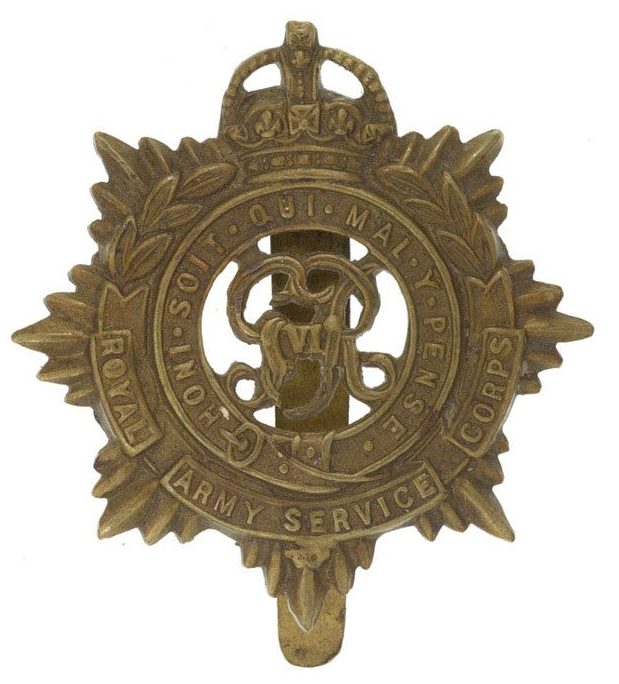Personal Details
Born: 28 December 1879 in Basford, Nottinghamshire and baptised 7 March 1890 at St John the Evangelist Church, Carrington, Nottinghamshire.
Family: He was the second of three children born to Thomas Milne Edington, a gardener and his wife Annie. He married Ethel Maud Lucas in 1905 in Stockport, Cheshire. The couple had seven children, Annie, Milne, Helen, Percy, Brownlie, Minna and Dorothy. Sadly Percy died in 1912.
Residence: In 1881 his family were living in Scout Lane, Basford, Nottinghamshire. Ten years later they were living at Garden House, Aldringham, Suffolk. In 1901 his address was The Bothy, Tortworth, Thornbury, Gloucestershire. By 1909 and now married he was living at Nottingham`s Cottage, Greenfields, Whitchurch, Shropshire. This continued to be his address until at least 1919. In 1939 his home was 45 High Street, Whitchurch, continuing to live here until his death in 1955.
Employment: He was a gardener and later a florist. However he gave an occupation of motor driver on his Attestation in 1916.
Died: 21 January 1955 in the Cottage Hospital, Whitchurch, aged 75.
Military Details
Regiment: Royal Army Service Corps
Rank: Private
Service Number: M/298813
Date of Enlistment: 24 June 1916
Date of Discharge: 1 March 1919
Reason for Discharge: Demobilisation
Percy was awarded the Campaign Medals (British War medal and Victory medal)

The British War Medal (also known as 'Squeak') was a silver or bronze medal awarded to officers and men of the British and Imperial Forces who either entered a theatre of war or entered service overseas between 5th August 1914 and 11th November 1918 inclusive. This was later extended to services in Russia, Siberia and some other areas in 1919 and 1920. Approximately 6.5 million British War Medals were issued. Approximately 6.4 million of these were the silver versions of this medal. Around 110,000 of a bronze version were issued mainly to Chinese, Maltese and Indian Labour Corps. The front (obv or obverse) of the medal depicts the head of George V. The recipient's service number, rank, name and unit was impressed on the rim.
The Allied Victory Medal (also known as 'Wilfred') was issued by each of the allies. It was decided that each of the allies should each issue their own bronze victory medal with a similar design, similar equivalent wording and identical ribbon. The British medal was designed by W. McMillan. The front depicts a winged classical figure representing victory. Approximately 5.7 million victory medals were issued. Interestingly, eligibility for this medal was more restrictive and not everyone who received the British War Medal ('Squeak') also received the Victory Medal ('Wilfred'). However, in general, all recipients of 'Wilfred' also received 'Squeak' and all recipients of The 1914 Star or The 1914/1915 Star (also known as 'Pip') also received both 'Squeak' and 'Wilfred'. The recipient's service number, rank, name and unit was impressed on the rim.

